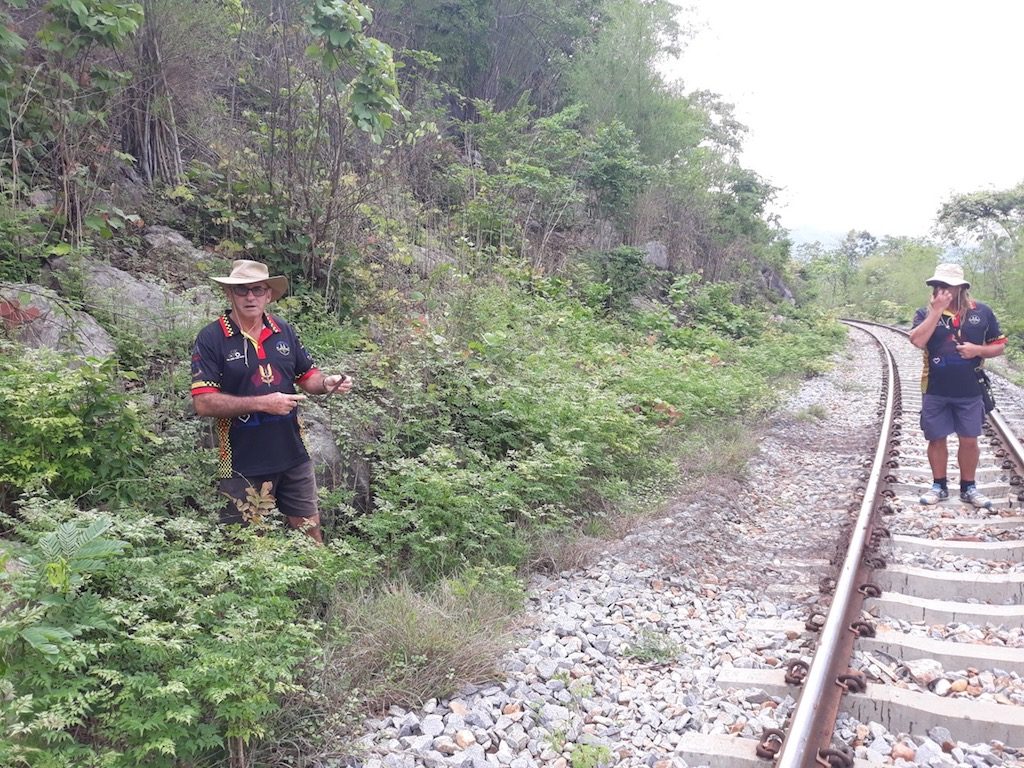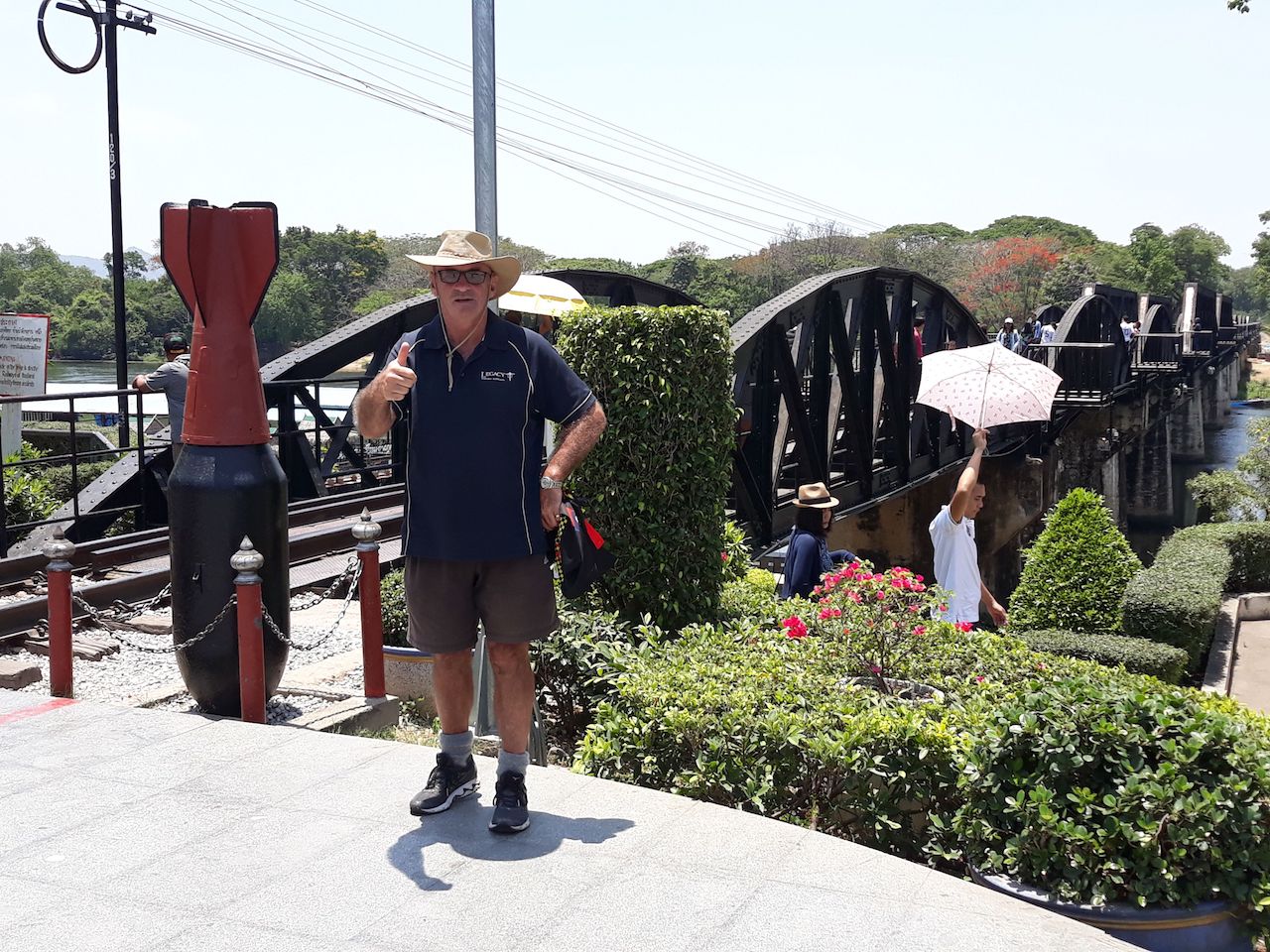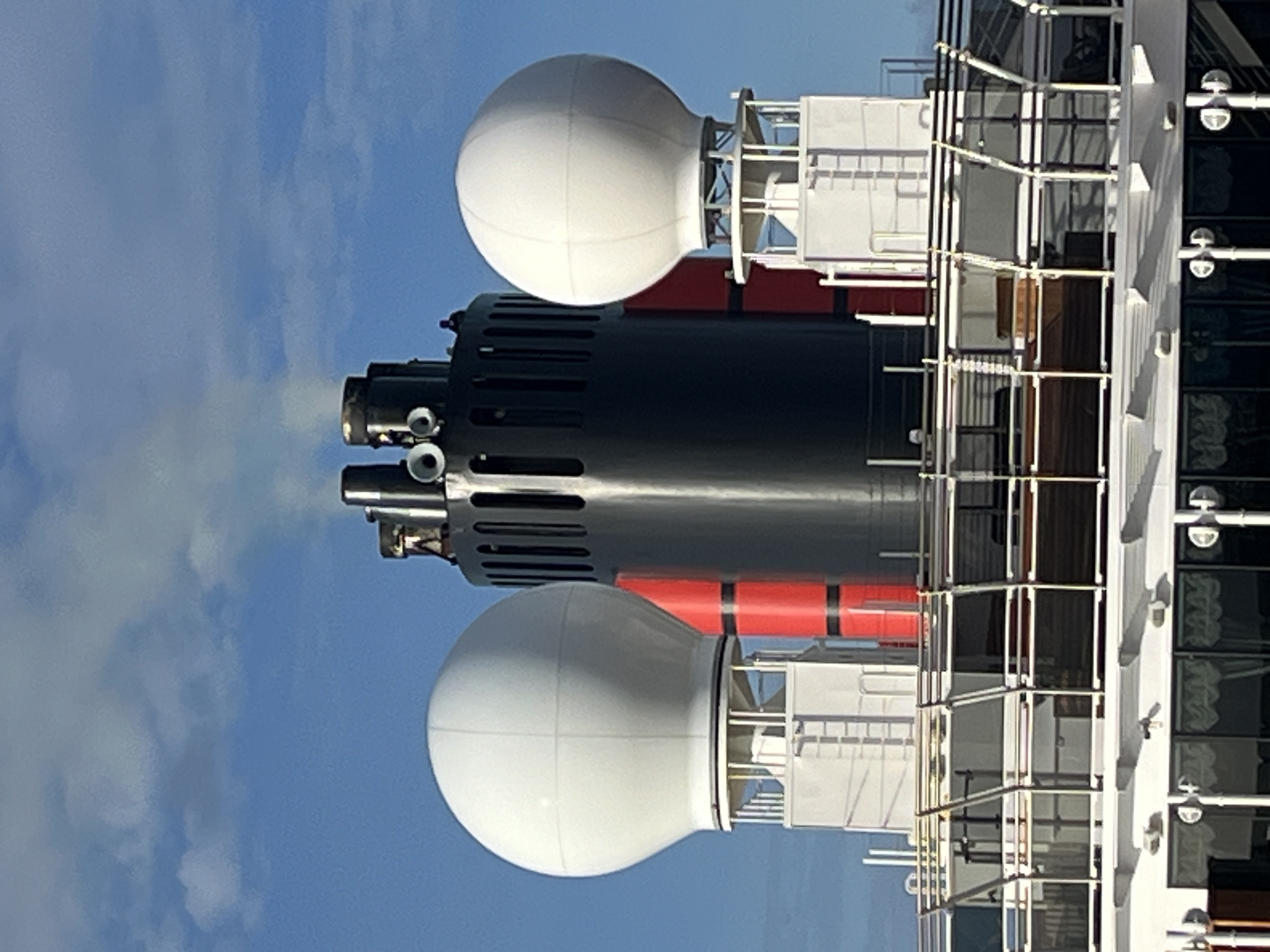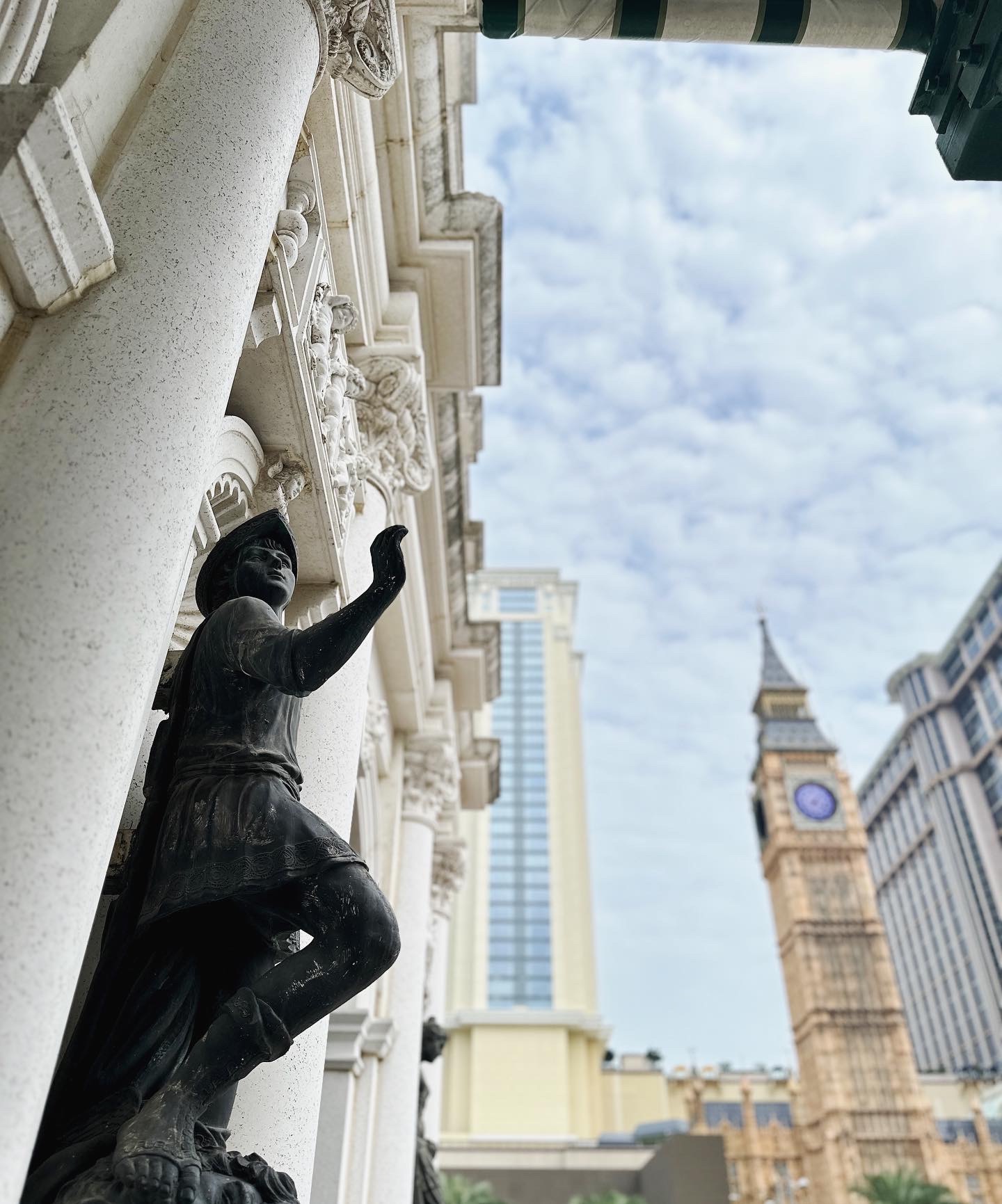ONE of the things I treasure most about my job at Have a Go News is meeting so many good people who work hard to make our community better.
President of Legacy, president of the Royal Australian Regiment Association, director of Warrior Racing and Vietnam veteran, Peter Heeney is one of these people.
Heeney recently spent 10 days walking in the footsteps of WWII veterans along the Thai-Burma railway.
The walk was organised under the auspices of Warrior Racing Limited which through its racing car and other endeavours raises much needed funds to highlight and reduce mental illness and suicide in first responders and veterans.
Amputee Tony Zahra along with veterans Anthony Lear, Dominic Boyle, Scott Bradshaw supported by Ben Harris and Chris Hewitson took on the challenge to cover the 360km walk.
Heeney joined them for part of the walk covering 120km in his stint.
The group retraced the railway lines built by Australian and Allied prisoners of war under Japanese rule during WWII from 1942-45.
As well as the railway line, more than 300 bridges were built by the POWs along with more than 200,000 civilians.
Much of the railway still exists and is in use including the famous bridge over the River Kwai.
The walk commenced at the Thai-Burma border and Heeney said that the Burma police at the border allowed them to cross and start the walk there.
Seventy-year-old Heeney told Have a Go News that he had trained for the event walking up to eight km per day to get in shape.
“On my 10-day walk we were averaging 15 km per day and the conditions were hot and steamy.
“It was definitely physically demanding for a 70-year-old,” he said.
Heeney said he has always had an interest in WWII history and was keen to be a part of the trek along the Thai-Burma railway because it has not been done before on this level.
He walked through Hellfire Pass, a 20-metre high and 60-metre long pass etched out of rock hand carved by soldiers.
More than 600 Australians lost their lives at Hellfire and to commemorate the fallen there is a museum run by the Australian Department of Veteran’s Affairs.
“The emotion that came over me as we walked through Hellfire Pass was without a doubt incredible.”
Heeney said that the other highlight was finding one of the original bolts used on the railway.

“We were walking along a section of the railway and I ducked into the jungle for a pee and kicked a rock and underneath it sat the bolt.
“Our guides said that none of these bolts had been found in 20 years.”
When Peter visited the Have a Go News office for this interview he brought the bolt with him.
He plans to have it framed and to present it to Legacy in honour of all the legatees who worked on the railway as POWs.
Interestingly I had seen the bolts before when I interviewed some WWII veterans about 18 years ago who were captured in Changi and had worked on the railway.
Tracing the steps of those who were captured or paid the ultimate sacrifice to furnish us with the freedoms we enjoy today is an honour in itself.
No stranger to war, its horrors and complexities Heeney continues to work in the community for veterans.
“I’d like to bring more awareness to people of the high rates of post-traumatic stress and mental illness in first responders (ambulance, police) and veterans to help reduce the rates of suicide,” Heeney said.
When you meet people like Peter Heeney you just want to say thank you – thanks to him and men like him.
If you would like to find out more about Warrior Racing visit www.war riorracing.com.au or you can donate to the go-fund-me campaign for the walk which is open until the end of May at www.gofundme.com/sysmb-burmthai-deathmarch-anzac-da…





































